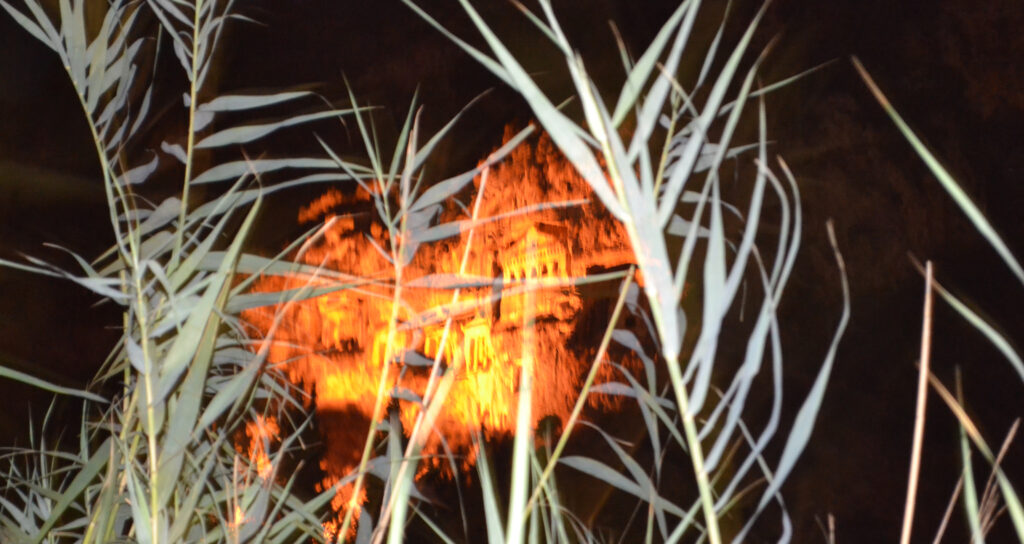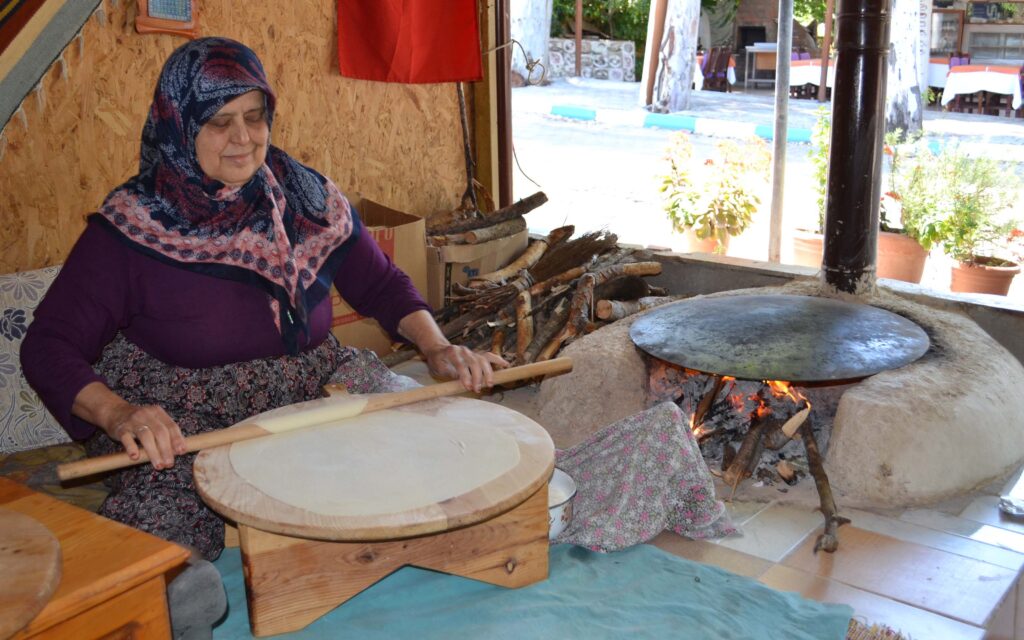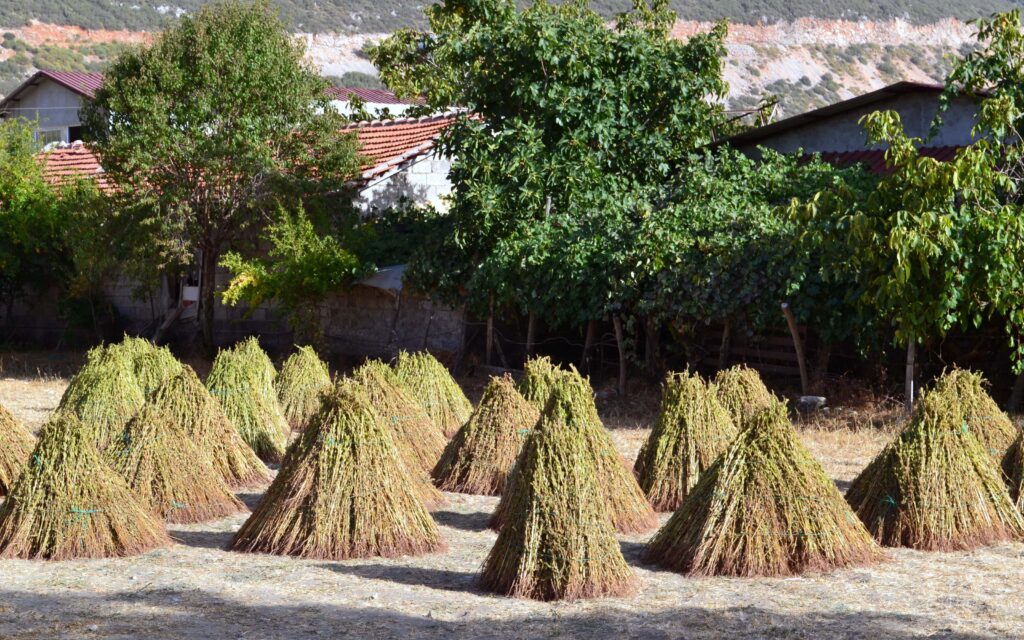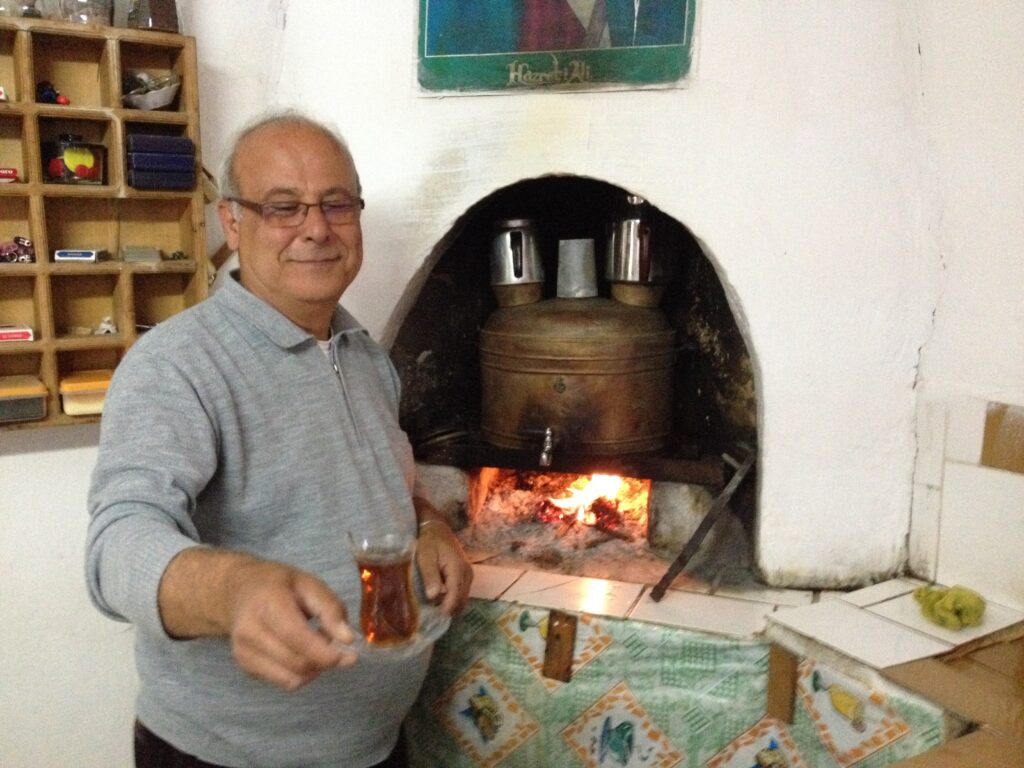Fethiye
The bustling resort of Fethiye (around an hour’s drive from Kalkan on the dolmus) boasts an important marina at the head of an imposing bay strewn with islands. Fethiye has a large weekly market, a good bazaar tucked away in the narrow streets behind Atatürk Boulevard, and a 16th Century Turkish bath that is still open to the public. Two earthquakes in 1856 and 1957 all but flattened the ancient town but some interesting ruins remain, including the crusader fortress built by the Knights of St John, a theatre, and the imposing Lycian rock tombs, the most famous of which is the tomb of Amintas.

Kas
The resort of Kas with its ancient port is set against dramatic cliffs and olive groves. The town is 30 minutes on the dolmus from Kalkan and is worth visiting for its ampitheatre and its shops, particularly if planning to buy gold and silver jewellery, ceramics and other crafts. The shops, bars and restaurants of its Long Bazaar stay open late.
Patara village
Peaceful Gelemis village, known by travellers as Patara, is sparsley populated with traditional style pensions and restaurants. The village is one mile from the beach but it’s worth stopping en route to visit one of the pancake houses. Traditional Turkish pancakes (gozleme) are cooked over a wood fire. There’s plenty of choice of fillings but the savoury cheese and spinach, and the banana, walnut and chocolate are hard to resist. You eat them lazing on cushions on a traditional Turkish kosk.

Islamlar
The hamlet of Islamlar is situated in the mountains some 15 minutes drive above Kalkan. It consists of a scattering of old houses, a mosque, a çay (tea) garden and a bakery open to the public, where flour is still ground using water power. It is famous for its trout restaurants, and trout pools fed by mountain streams.
Bezirgan
Bezirgan is a working village in the mountains above Kalkan that boasts a stunning agricultural plain. This village, which is 700m above sea level, nestles in an ancient lake bed were the lush fields support numerous orchards as well as being used to grow chickpeas and grains and for grazing sheep and goats.

Life continues here much as it did 100 years ago and it’s a relaxing place to visit. Depending on the season, you can also watch the working life of the villagers – fields being planted, animals being shorn, grain winnowed, wool processed and fruit and vegetables being harvested. The tea garden is an absolute delight.


Kayaköy
Formerly a Greek fishing village, Kayaköy is now known as “the ghost village”. When the war of independence ended in 1923, there was a population exchange between the Greeks and Turks and some 20,000 Greeks left their homes to move back to Greece. In the intervening years the town has been left to crumble into disrepair, turning this village into an eerie monument. There are more than 3,000 deserted buildings here, including houses, shops, schools and three churches.
Meis island
Meis, or Kastellorizo (its Greek name) is a tiny Dodecanese island situated some 45 minutes by boat from Kas harbour. Meis has an interesting history, having been governed by Rhodes, Egypt, the Venetian Doge and the Ottoman Turks – and then passing through the hands of the French, Italians and the British in the 20th century before finally settling under Greek authority. The island has some beautiful architecture, a small museum and some interesting ruins, including an acropolis.
* A dolmus is a minibus. This bus service, with its low fares, is run by a co-operative from the local bus station in Kalkan.
